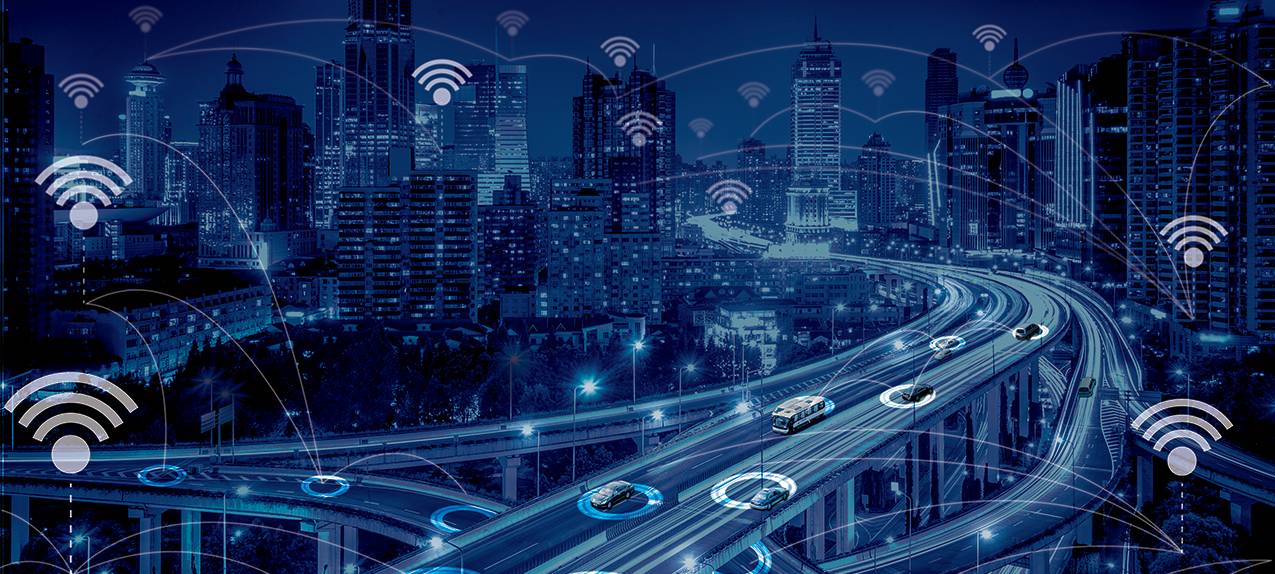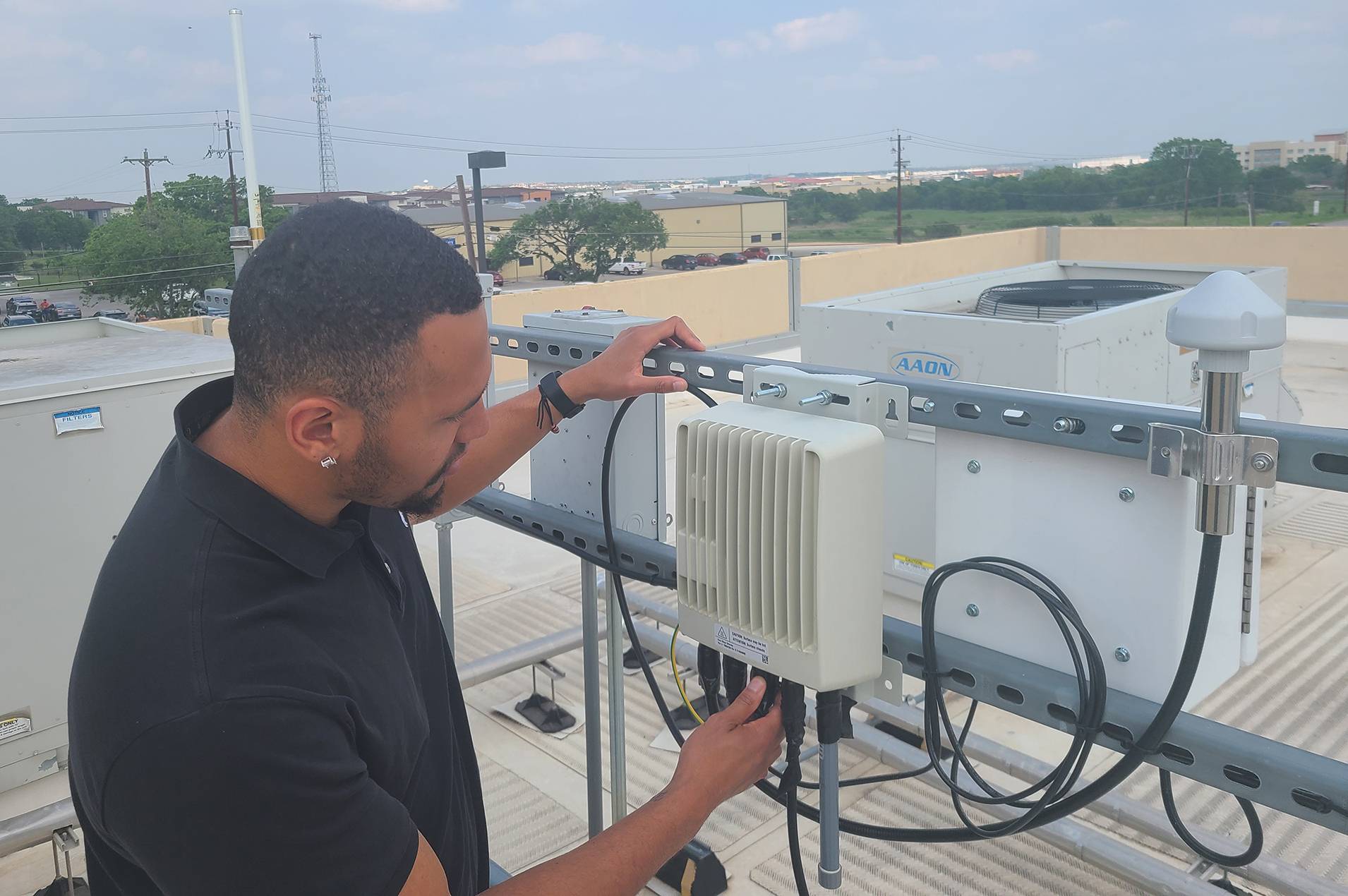Jayme Blaschke | May 25, 2022

Texas State University has partnered with Anterix, a private broadband network company, to establish a university-wide, cutting-edge, 4G/5G broadband network.
Utilizing Anterix’s 900MHz broadband spectrum, Texas State will be in a league of its own once the system is fully implemented. The only other major research institution with such a license is the National Renewable Energy Lab.
"We get to do research and development in 4G and 5G using 900-megahertz spectrum," said Andres Carvallo, professor of innovation and a fellow of the Materials Applications Research Center at Texas State. "No other university is doing that."
This partnership is facilitated by Anterix's membership in the Connected Infrastructure for Education, Demonstration and Applied Research (CIEDAR) consortium, which Carvallo co-directs with Stan McClellan, professor in the Ingram School of Engineering at Texas State. Currently, the consortium boasts 20 members with plans for nine laboratories. The Smart Networks Lab—of which the 4G/5G network is a key component—will span 700 acres of university property over time.
"This is a network that we deploy, that we own. This is not AT&T or Verizon. It's our own network," Carvallo said. "Performance improves dramatically when you don't have 20 million people using the network.
"By not sharing that connectivity with anybody else, we can truly share in-depth reports on the performance of the frequency, the behavior of the network, all kinds of things," he said. "We've already started deploying it indoors and we're conducting a big research study now that will be shared with LCRA (Lower Colorado River Authority) about the performance of the network."

That state-of-the-art combination of bandwidth and speed is integral to CIEDAR's research focus of digitalization, decentralization and decarbonization. The nine smart living labs in development will concentrate on utilities, buildings, energy, water/wastewater, cities, mobility, networks, sensor and data/software.
"While there are some industries that are highly digitized—computers, ecommerce, airlines, banking—there are many other industries, like energy, water, construction and transportation that are not digitized entirely," Caravallo said. "We are positioned really well to take advantage of our own technology-enhanced infrastructure™ vision and bring digitalization to a bunch of traditional industrial sectors that have never been digitized before. We can be a premiere partner for any company trying to digitize their business.
"Digitalization is all about putting a sensor on something and having connectivity to that sensor to start tracking the data, to see how it's being used, how it behaves, how it's being managed, how it's being consumed or interacted with by users," he said. "All of the sudden that changes the paradigm of building a bridge, deploying a 2x4, letting it break over 30 years and not having any information about it. You can now monitor its structural integrity in real time. This allows us to track all kinds of information about anything while helping improve processes and best practices and reduce costs."
For more information about CIEDAR, visit www.marc.txst.edu/ciedar.html
Share this article
For more information, contact University Communications:Jayme Blaschke, 512-245-2555 Sandy Pantlik, 512-245-2922 |
